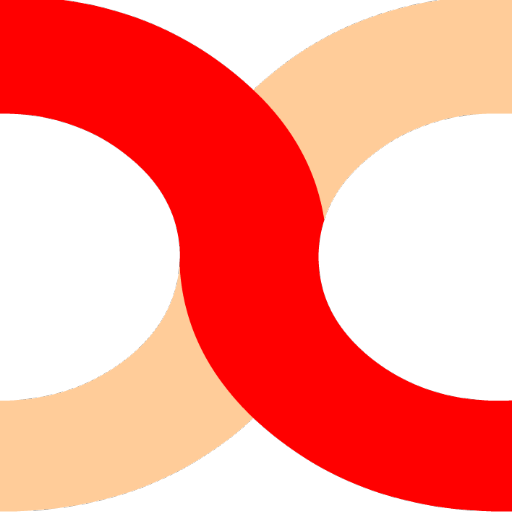call: Digimag Journal – Issue 76 – Call For Papers
Deadline: 1 September 2017
Call for entries
Digimag Journal – Issue 76 – Call For Papers
Smart Machines for Enhanced Arts
Artificial Intelligence (AI) and Machine Learning (ML) might be considered by many as synonyms, also because they are the buzzwords of this decade. But actually they are not. They both question though, the ability of the machines to perform and complete tasks in a “smart†way, challenging human intelligence and specificity.
With machines becoming more and more intelligent, Machine Learning is nowadays not only an interesting and challenging topic, but also a crucial discipline. If initially computing was just a matter of calculations, now it has moved beyond simple “processing†and implies also “learningâ€. In the age of Big Data and IoT, machines are asked to go beyond pure programming and algorithms procedures, introducing also predictions of data, OCR and semantic analysis, learning from past experiences and adapting to external inputs, reaching out the domain of human productions and processes.
As Gene Kogan and Francis Tseng write in their in-development book “Machine Learning for Artistsâ€, we can “pose today to machines a single abstract problem: determine the relationship between our observations or data, and our desired task. This can take the form of a function or model which takes in our observations, and calculates a decision from them. The model is determined from experience, by giving it a set of known pairs of observations and decisions. Once we have the model, we can make predicted outputsâ€â€.
So, the subject of Machine Learning and Artificial Intelligence methods more in general, are going thusly much further the technology or science fields, impacting also arts, product design, experimental fashion and creativity in general. As ML features can fit with digital arts practices, we’re lead to explore the way some A I techniques can be used to enhance human performative gestures and creativity models.
How biological systems and machine intelligence can collaborate to create art, and which is the cultural outcome for our society? Which is the new role of creativity in this scenario? How the contemporary will face a future generation of automated artificial artists/designers, able to learn from the creatives themselves, or to have a direct impact on human creativity? Will the anthropocentric vision of the creative process behind the artistic creation, affected by new intelligent Neural Networks?
We look forward to hearing from you!

Silvia Bertolotti and Marco Mancuso
—
Technical Details
With this call Digicult aims at researching contributions on the mentioned topic, especially from individuals active in the artistic and academic fields (curators, critics, hackers, fabbers, creative producers, lab managers, activists, designers, the orists, independent and academic writers, scholars, artists, etc.)
An abstract of 200 words and a full text of max 5000 words, as well as books, events reviews and interviews (1000 to 2000 words) should be sent to: journal@digicult.it
1. Deadline for submission of full article for consideration: 1 September 2017
2. File as .doc / .docx / .odt / .txt (no Pdf are allowed)
3. 5 to 10 images at 300 dpi resolution (print resolution) as Zip file
4. correct captions for images
5. please follow the guidelines (http://www.digicult.it/wp-content/public/Guidelines.pdf)
—-
Digicult
Established in 2005 Digicult is one of the main international platforms investigating the impact of digital technologies and applied sciences on art, design and contemporary culture. Digicult is an independent editorial project that reaches more than 100,000 online users on a monthly basis. Based on an wide Network of professionals, cu ltural operators and institutions Digicult daily publishes news, calls, interviews, reviews, essays and publishes books and the Digimag Journal through its digital publishing house Digicult Editions. Digicult curates exhibitions, workshops, publications, round tables and meetings, as well as developing tools for digital publishing and online communication media strategies through the Digicult Agency. Digicult partnered with some of the main international institutions and festivals; it is founded and directed by Marco Mancuso and is part of The Leonardo Affiliate
Digimag Journal
Digimag Journal is an interdisciplinary online publication seeking high-standard articles and reviews that focus on the impact of the last technological and scientific developments on art, design, communication and creativity. Following the former Digimag Magazine, it is based on international call for papers on given subjects and provides readers with comprehensive accounts of the lates t advancements in the international digital art and culture scene. It is published by Digicult Editions, for free as Pdf, Epub, Mobi and in print on demand.
Digicult Editions
Digicult Editions is the publishing initiative of the Digicult project, whose goal is to be active in the publication of the Digimag Journal, but also critical and theoretical books and essays commissioned to international authors, university thesis of special interest, publications edited in collaboration with other national and international publishers, conference proceedings and classes materials connected to educational activities, as well as peer-reviewed publications with institutional partners.
https://netex.nmartproject.net/?p=8177https://netex.nmartproject.net/wp-content/uploads/2017/07/digic17.jpghttps://netex.nmartproject.net/wp-content/uploads/2017/07/digic17-300x300.jpgcalls: generaldigital culturemagazinepapersDeadline: 1 September 2017 Call for entries Digimag Journal - Issue 76 - Call For Papers Smart Machines for Enhanced Arts Artificial Intelligence (AI) and Machine Learning (ML) might be considered by many as synonyms, also because they are the buzzwords of this decade. But actually they are not. They both question though,...netty artvideokoeln@gmail.comAdministratornetEX - calls & deadlines
